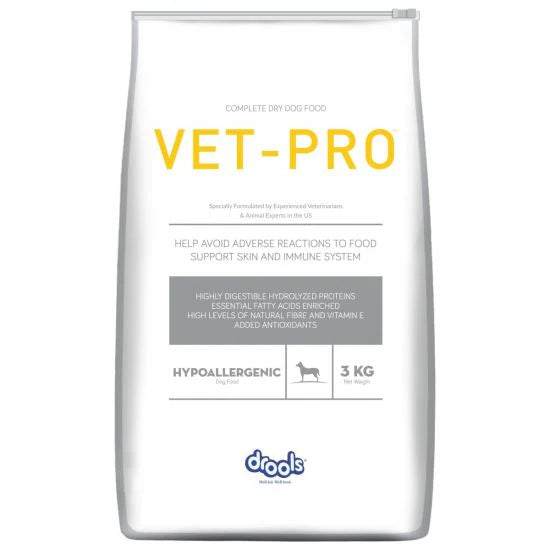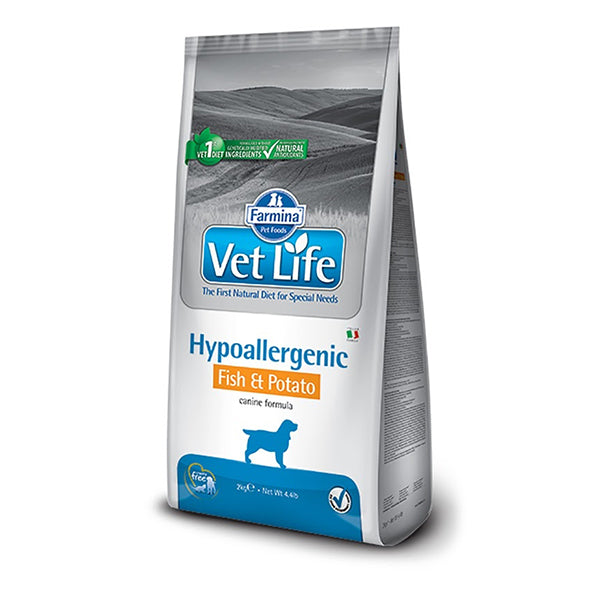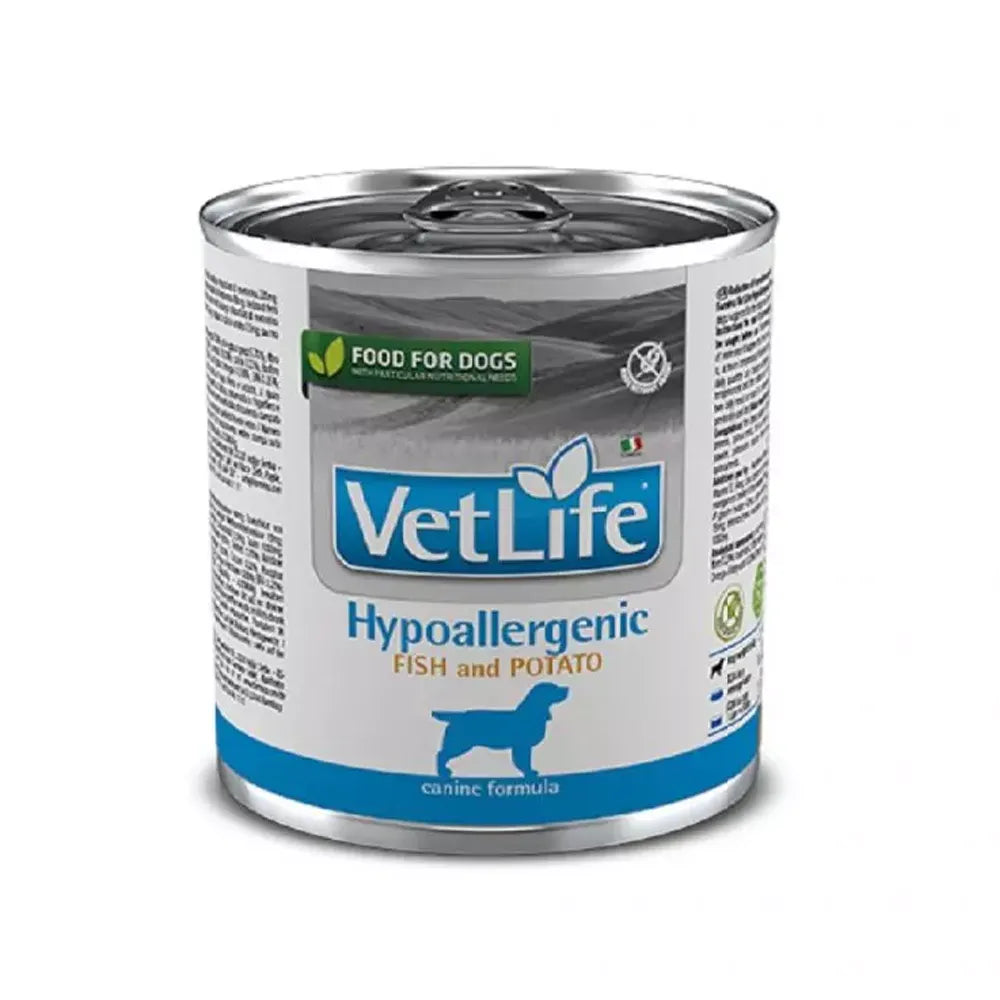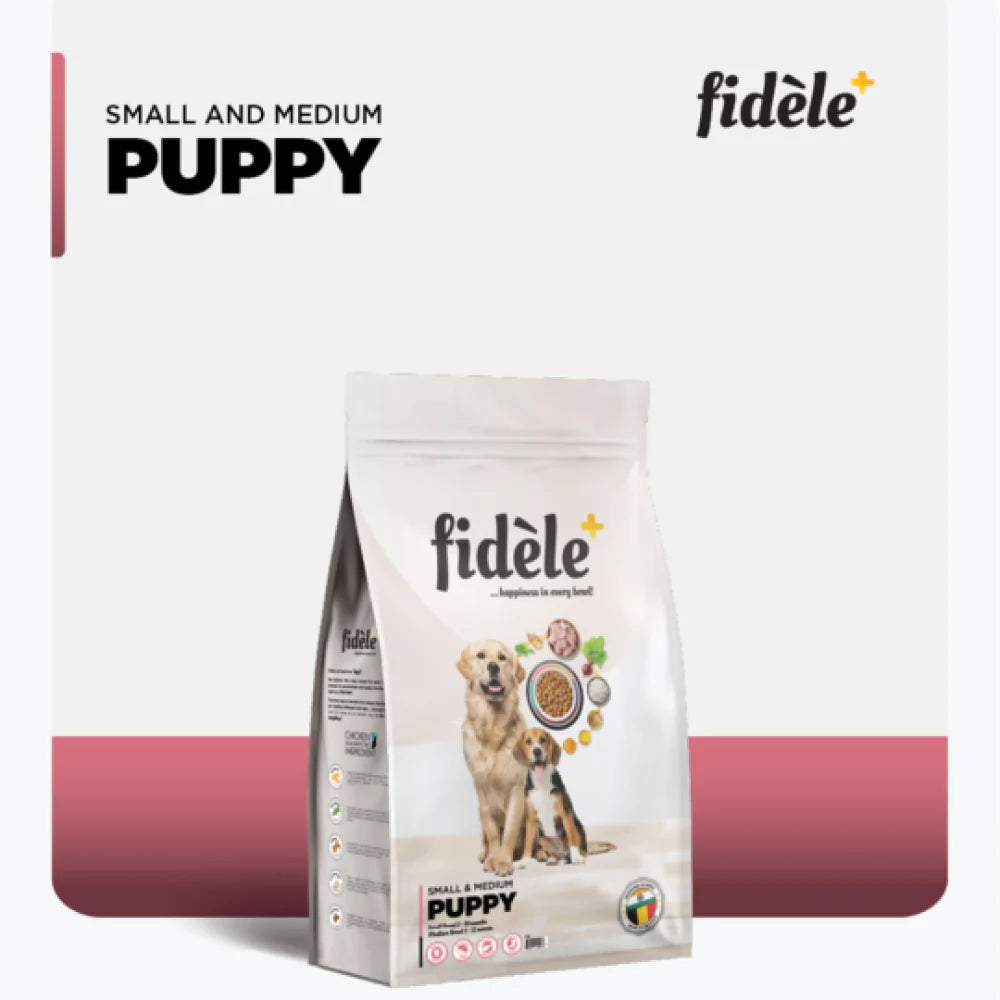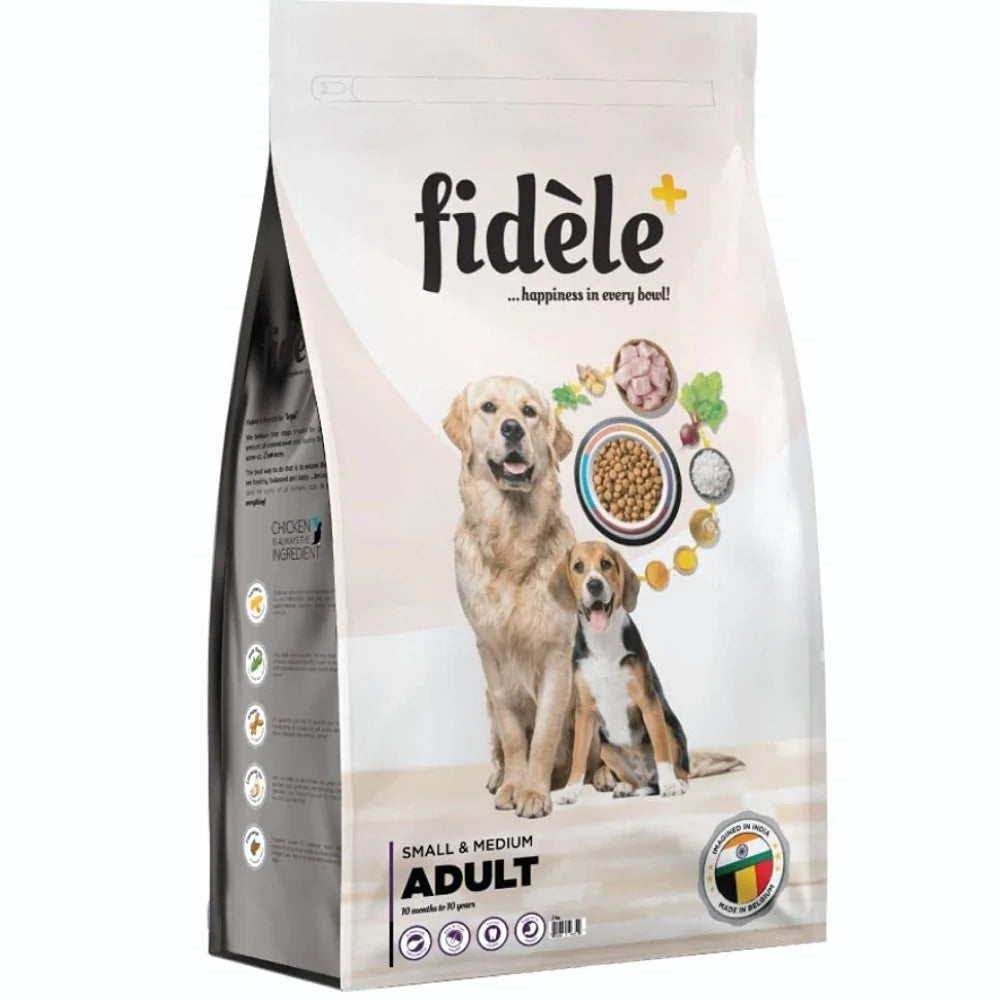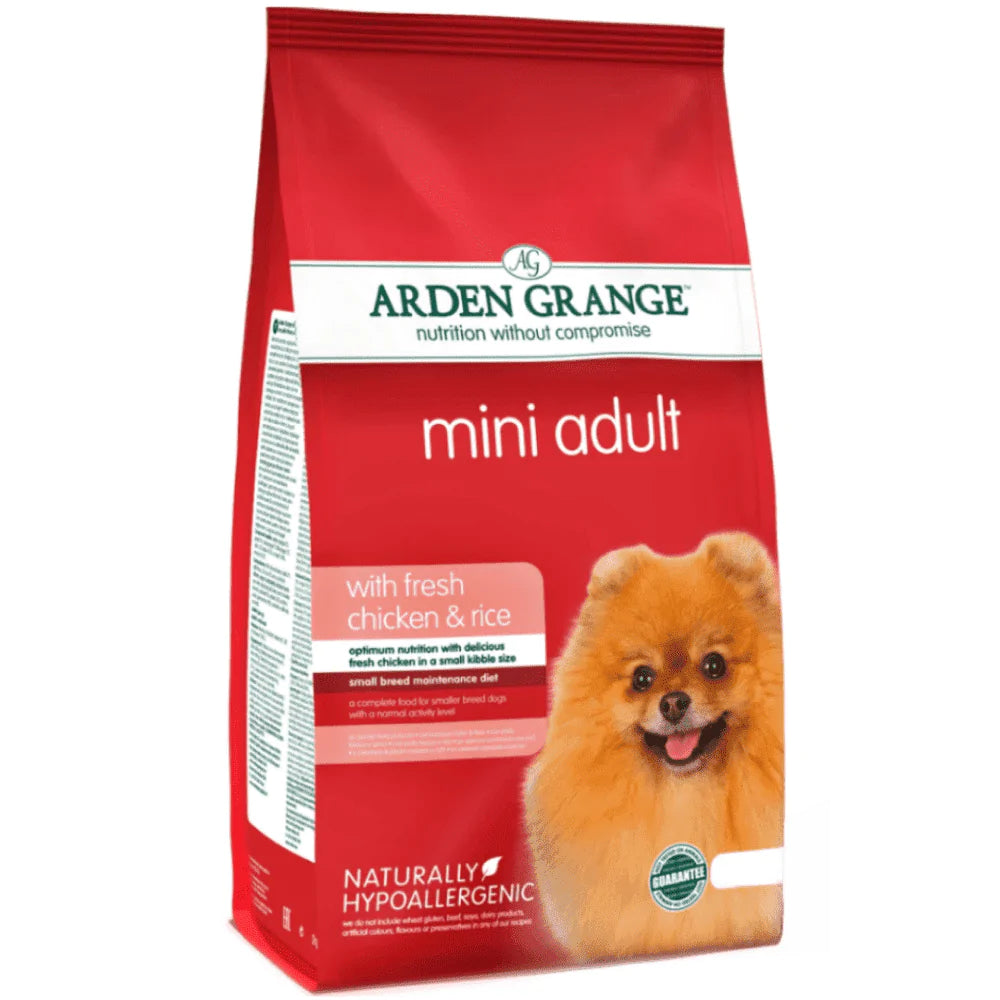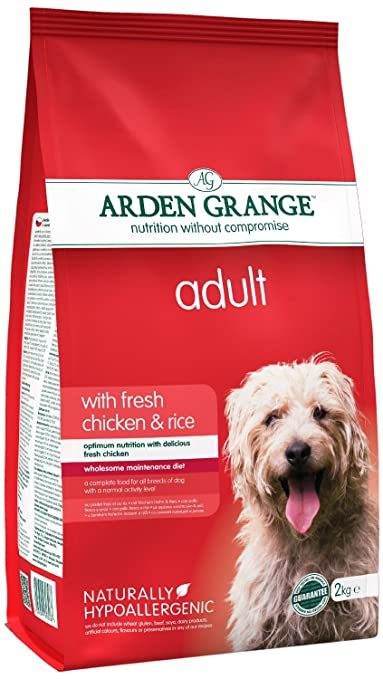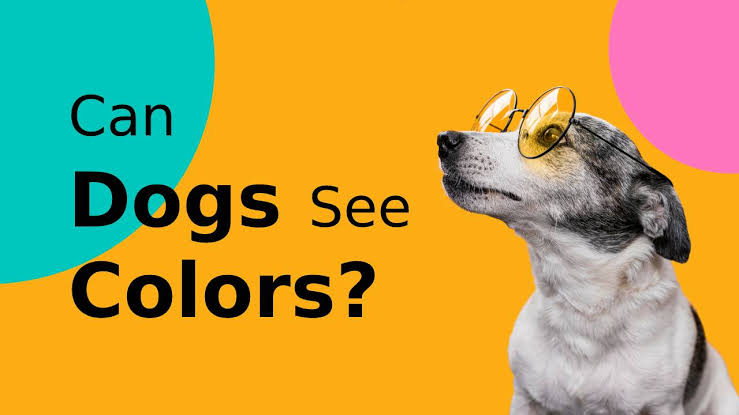
Seeing the World in Shades: Understanding a Dog's Color Vision

Seeing the World in Shades: Understanding a Dog's Color Vision
Introduction:
Have you ever wondered how dogs perceive the colorful world around them? While we humans revel in a vast spectrum of hues, dogs experience a more limited color range. In this blog post, we will delve into the fascinating topic of a dog's color vision, exploring the colors they can see and understanding how it shapes their perception of the world.
The Canine Color Palette:
Unlike humans who have three types of color receptors (cones) in their eyes, dogs have only two, primarily sensitive to shades of blue and yellow. This means that while their color vision is somewhat dichromatic, dogs compensate with other remarkable visual abilities.
The Blues and Yellows:
For dogs, the color blue takes center stage. Various shades of blue, from light to dark, are more distinguishable to them. This sensitivity to blue can be attributed to their enhanced visual receptors in the shorter wavelength range. Similarly, yellows are also vivid to dogs, appearing brighter and more prominent in their visual field.
The Subtlety of Gray:
Dogs have a keen perception of gray tones and can discern different shades within this spectrum. Their ability to differentiate between subtle variations of gray contributes to their visual acuity, especially in low light conditions.
The Muted Green:
While dogs can see green, their perception of this color is different from ours. To them, green often appears as a muted yellowish hue rather than a vibrant green. This is due to their visual receptors and brain processing differences compared to humans.
The Challenge of Red:
One of the most intriguing aspects of a dog's color vision is their limited ability to see red. The color red may appear as a shade of brown or gray to them. This is because dogs lack the specific receptors that detect longer wavelengths of light associated with the color red.
The Elusive Purple:
Dogs also have difficulty differentiating between purple and blue. They perceive these colors as similar shades, making it challenging for them to distinguish between them accurately.
Enhanced Visual Abilities:
Although dogs have a narrower color spectrum, their visual capabilities excel in other areas. They have superior motion detection and excellent low-light vision, thanks to their well-developed rod cells. These adaptations help them navigate the world and track moving objects with remarkable precision.
Designing a Colorful Canine World:
Understanding a dog's color perception can guide us in creating an environment that stimulates and engages them visually. While they may not appreciate the same vibrant palette as humans, we can still choose toys, accessories, and training aids that align with their color vision preferences. Opting for shades of blue, yellow, and gray can make these items more visually appealing to our four-legged friends.
Appreciating the Unique Canine Perspective:
Although dogs may not see the world in the same dazzling array of colors as we do, their lives are rich and meaningful. They rely on their extraordinary sense of smell, acute hearing, and their deep bond with us to experience the wonders of life. The colors they perceive are just one facet of their remarkable existence.
Conclusion:
A dog's color vision offers us a glimpse into their unique perspective on the world. While their ability to perceive colors is limited compared to humans, they compensate with heightened visual acuity in other areas. By understanding and accommodating their color preferences, we can enrich their lives and create a more visually stimulating environment for our canine companions. Remember, it's not just the colors they see, but the love, care, and connection we share that truly brightens their world.






